Exploring Towers of Adventure
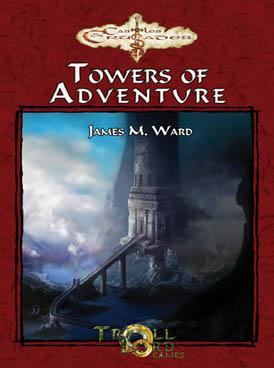 A while back I placed an order with one of my favorite online vendors, FRP Games, whose selection and discounts are both excellent. At the last minute I added an item to my cart that I hadn’t budgeted for: James Ward’s Towers of Adventure, a boxed set for Castles & Crusades from Troll Lord Games.
A while back I placed an order with one of my favorite online vendors, FRP Games, whose selection and discounts are both excellent. At the last minute I added an item to my cart that I hadn’t budgeted for: James Ward’s Towers of Adventure, a boxed set for Castles & Crusades from Troll Lord Games.
Not only had I not planned to buy it, I’d never even heard of it until I saw it in FRP’s product newsletter. What can I say, I’m a sucker for marketing copy:
Towers of Adventure offers the Castle Keeper a marvelous set of interchangeable tower levels, rooms, monsters, NPCs, traps and treasures. This box set allows you to make literally millions of exciting towers for your players to explore. Treasures, tower inhabitants, and tower maps are at your fingers and so easy to use you can put together a complex adventure in five minutes or less.
It’s true! This isn’t a typical adventure supplement, with a set of interlinked encounters and rooms carefully described for the game master. In fact, while the box contains designs for 15 wildly different towers — including a Zombie Tower, Vampire Tower, Cloud Giant Tower, and Lonely Wizard’s Tower — I couldn’t find a room description anywhere.
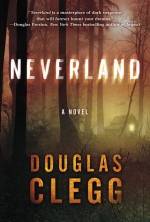 Imagine the family vacation from hell.
Imagine the family vacation from hell.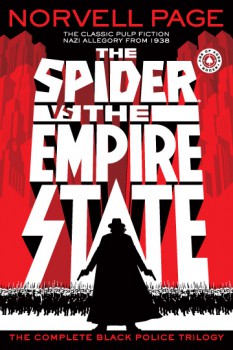 The Spider Revival: Part III
The Spider Revival: Part III “So it will be when we are dead that perhaps our lives will stand for something.”
“So it will be when we are dead that perhaps our lives will stand for something.”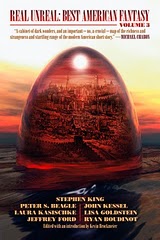 I don’t know whether the third edition of Best American Fantasy, which has found a new home with
I don’t know whether the third edition of Best American Fantasy, which has found a new home with 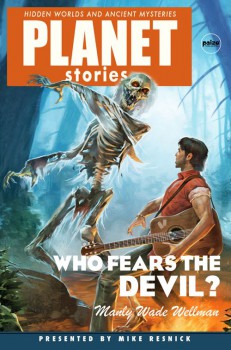 Who Fears the Devil?
Who Fears the Devil?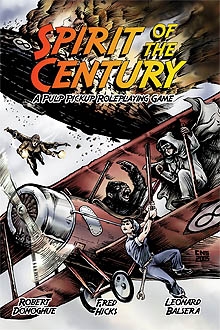 One of the most promising new game systems I reviewed in Black Gate 14 was used for the pulp role-playing game
One of the most promising new game systems I reviewed in Black Gate 14 was used for the pulp role-playing game 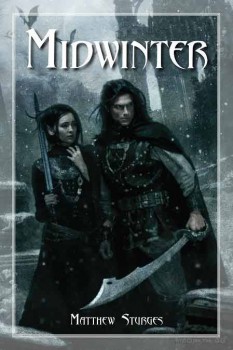 Midwinter
Midwinter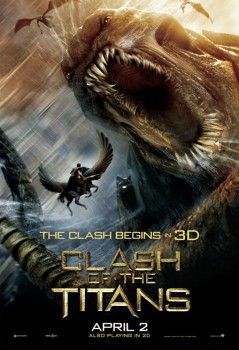
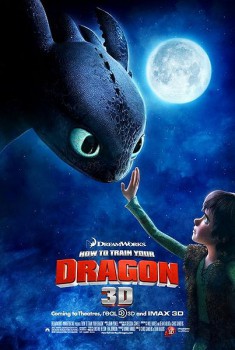 How to Train Your Dragon (2010)
How to Train Your Dragon (2010)